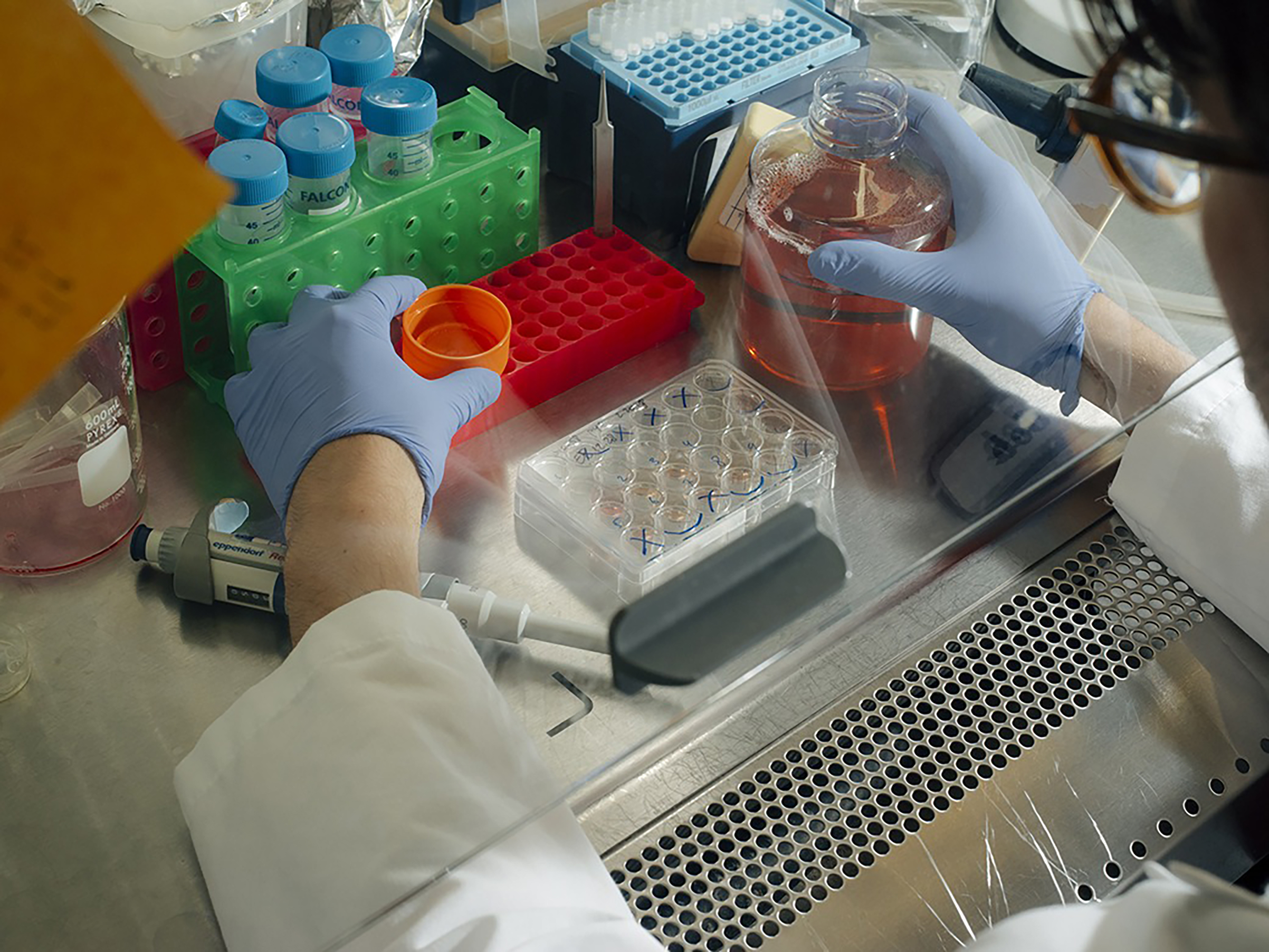What is Cell Medicine?
What is cell medicine?
Cell medicine is a medical practice that uses cells to treat disease and restore
healthy function. It includes many types of treatments, finance.midvallet including immunotherapy
and transplantation.

Immunotherapy — using T-cells, natural killer cells or cytokines to help the immune
system fight off cancer — is one of the most common forms of cell therapy. It can be
used to combat leukemia, lymphoma and other blood cancers or to prevent them
from returning. It also may be used to protect the body against infection.
Stem cell therapy — also known as regenerative medicine — is a type of cell therapy
that uses stem cells to repair or replace damaged tissue. It is the next chapter in
organ transplantation and uses cells instead of donor organs, which are often limited
by supply.
In cell therapy, stem cells are manipulated to become specific types of cells, such as
heart muscle cells, blood cells or nerve cells. The specialized cells are then
implanted into patients to help repair or replace damaged tissue.
Researchers have been able to use the same stem cells that grow in a person’s bone
marrow to repair damage caused by heart failure, Parkinson’s disease or another
condition. This could lead to a new treatment for people with chronic diseases like
diabetes and arthritis.
Therapeutic cloning — creating versatile stem cells that are independent of fertilized
eggs — has also opened up possibilities for treating diseases. This type of therapy
involves taking a nucleus from a donor egg and modifying it to create a cell that can
divide and differentiate into any tissue needed.

A major challenge in this type of therapy is ensuring that the cells will behave the
way they’re supposed to. Embryonic stem cells, for example, might trigger an
immune response that attacks the body, or they might not function as expected in a
patient.
Fortunately, scientists have found ways to manipulate the genes that control how
stem cells grow and divide. They’ve also found ways to direct embryonic stem cells
to become a specific type of cell, such as heart cells.
Regenerative medicine — using stem cells to promote the repair response of
diseased, dysfunctional or injured tissue — is an emerging field of research that has
the potential to improve conditions from cancer and stroke to Alzheimer’s and
Parkinson’s. The goal is to develop therapies that can restore normal function
without the need for a transplant.
Perinatal stem cells, in contrast, are found in the amniotic fluid surrounding a
developing fetus and in umbilical cord blood. These stem cells can differentiate into
different types of cells and are therefore useful for a variety of treatments, including
repairing brain injuries and wounds.
There are many different kinds of stem cells, each with its own unique
characteristics. Some are pluripotent, meaning they can form any cell type in the.



